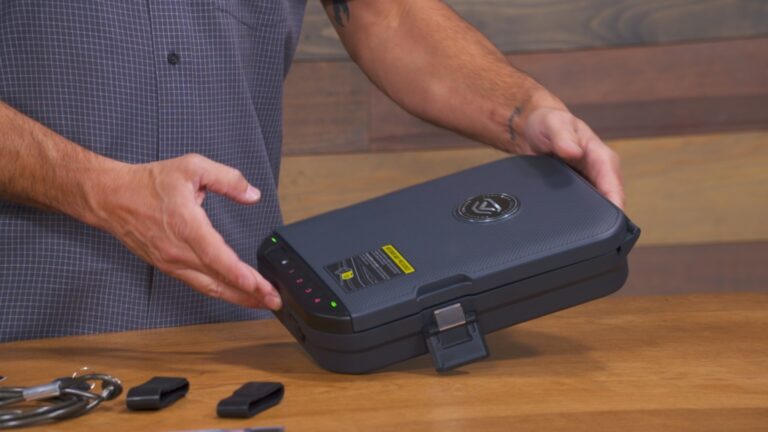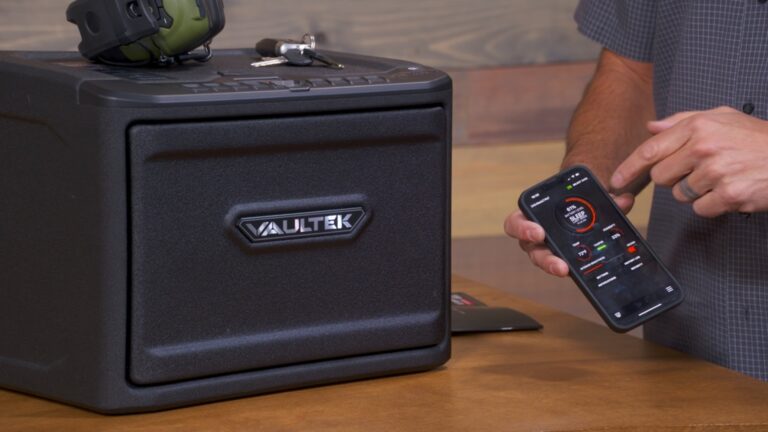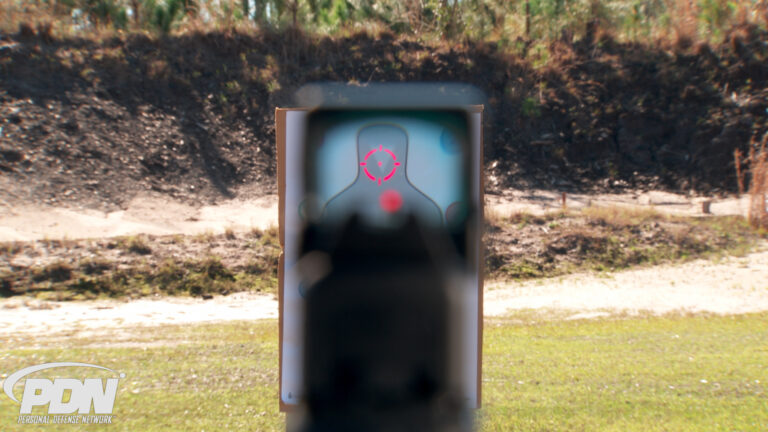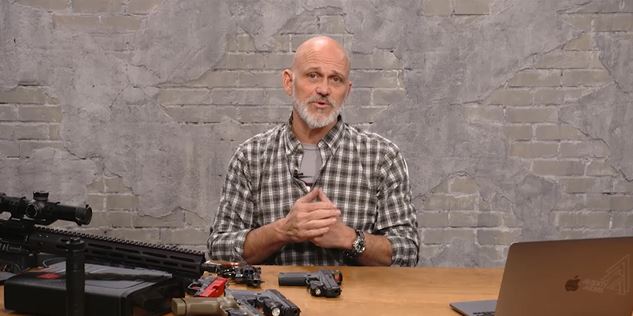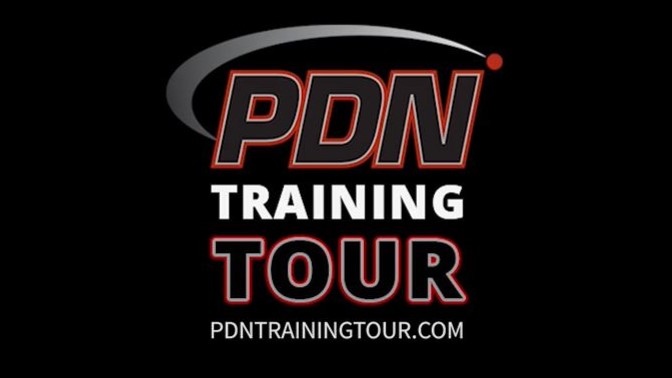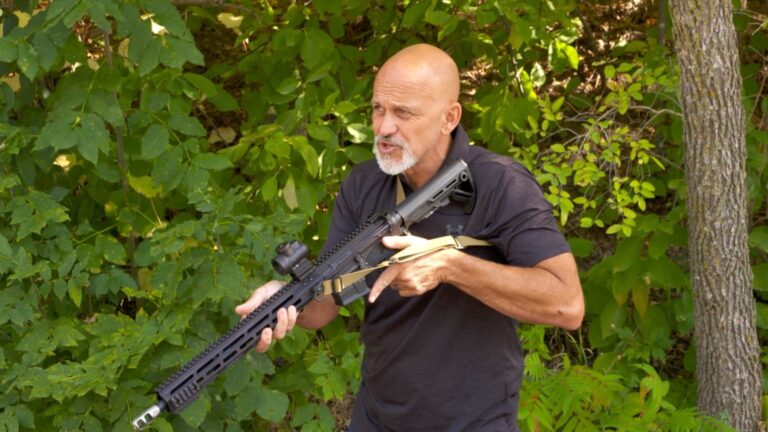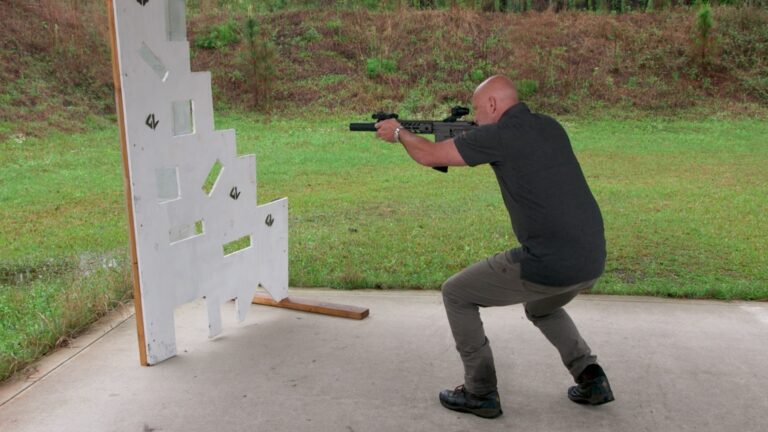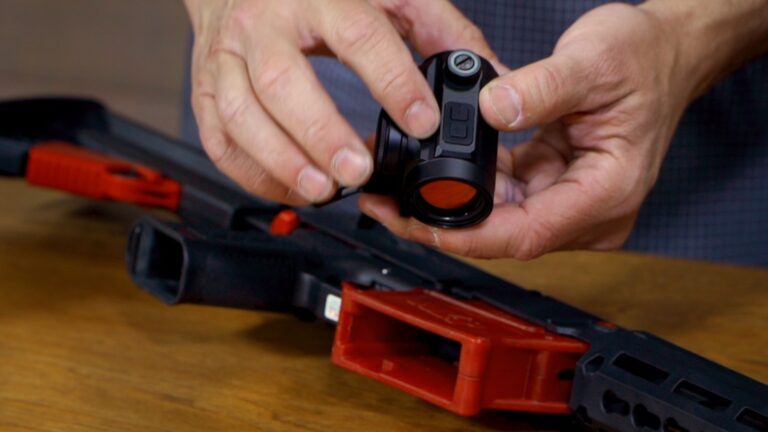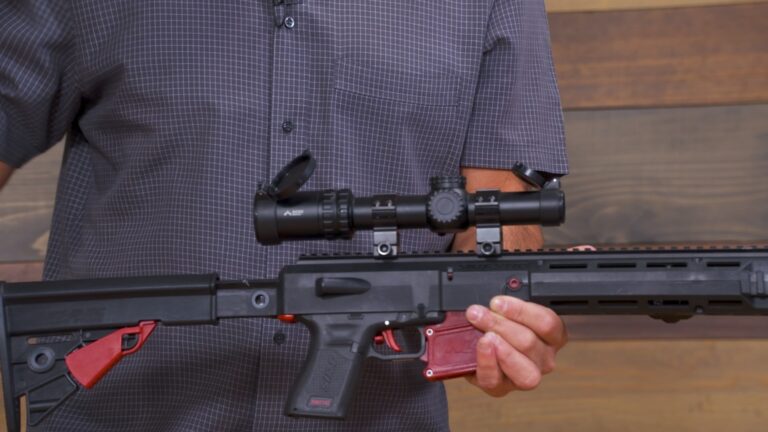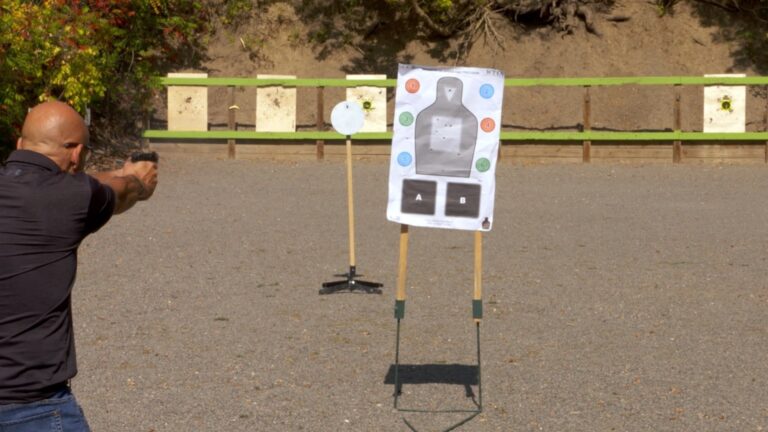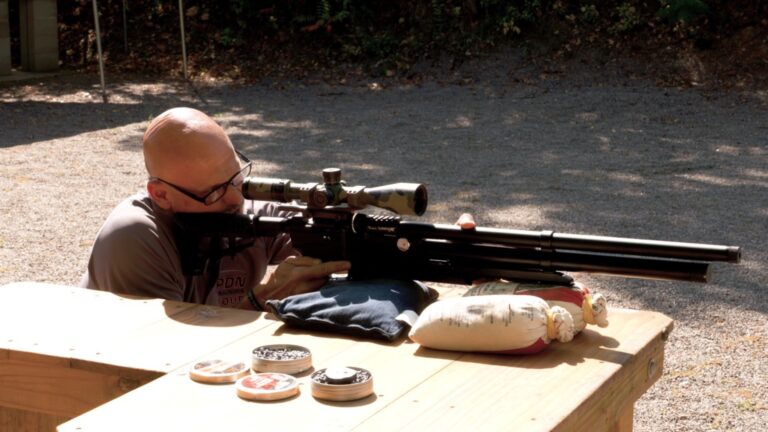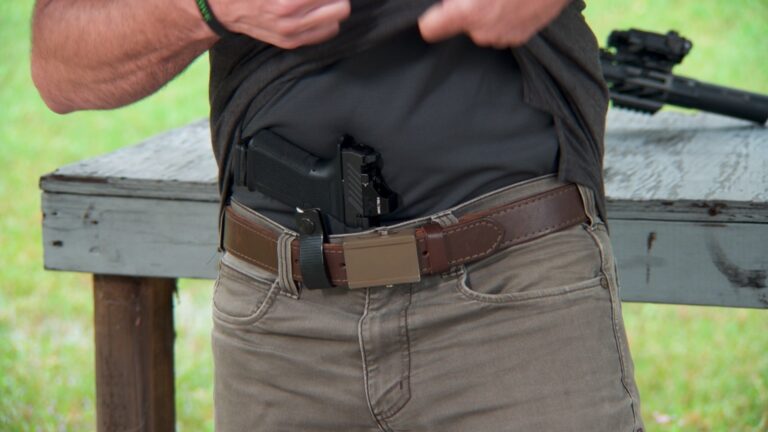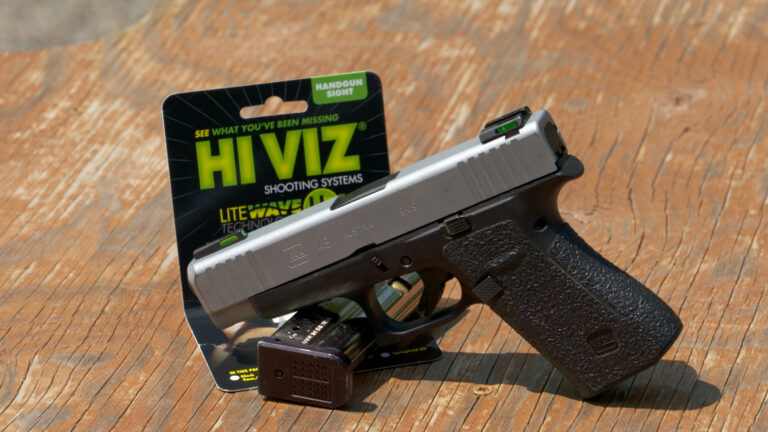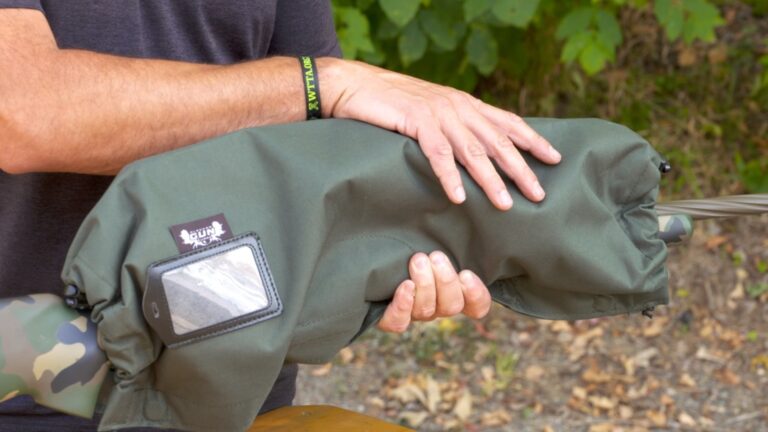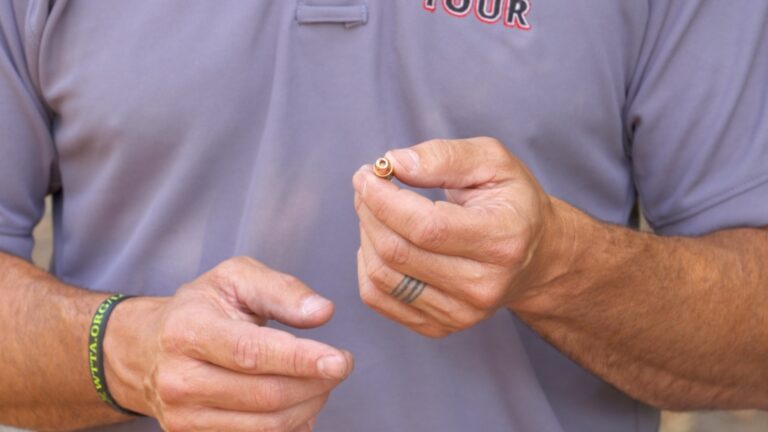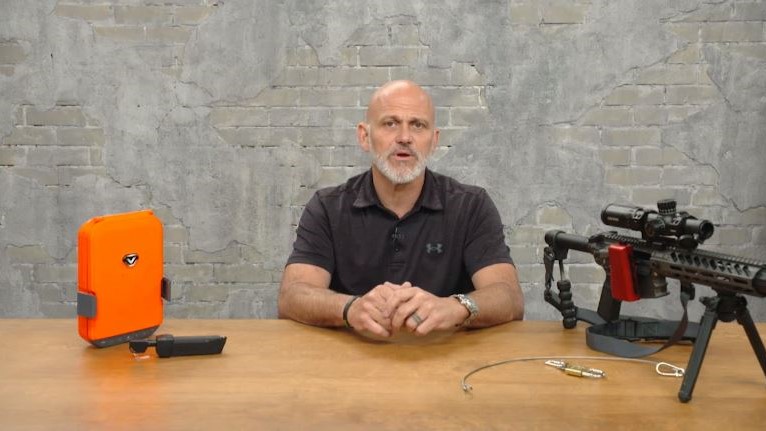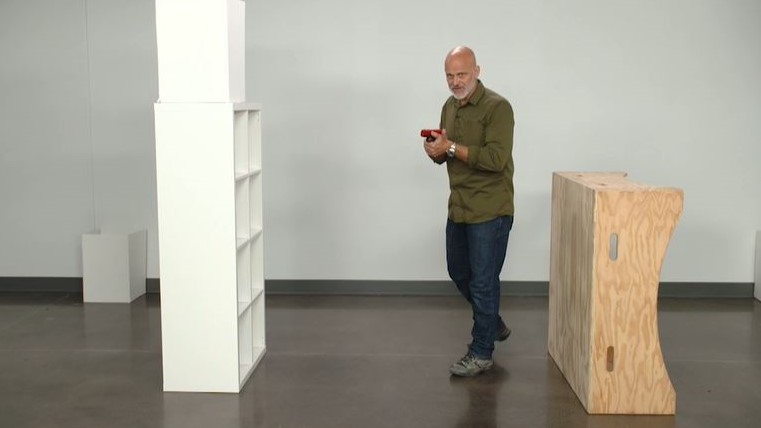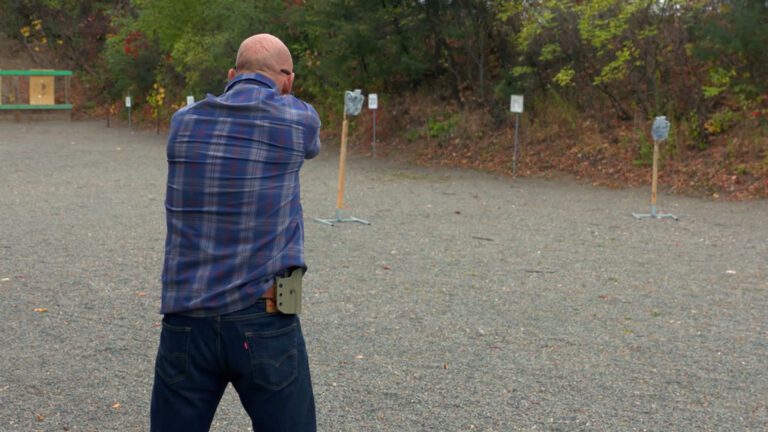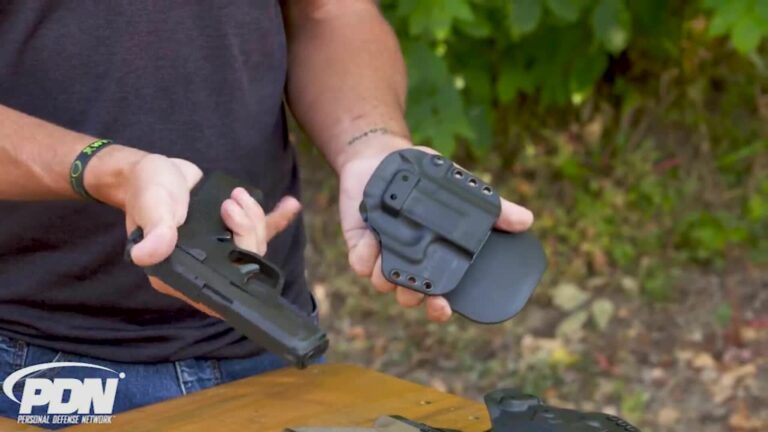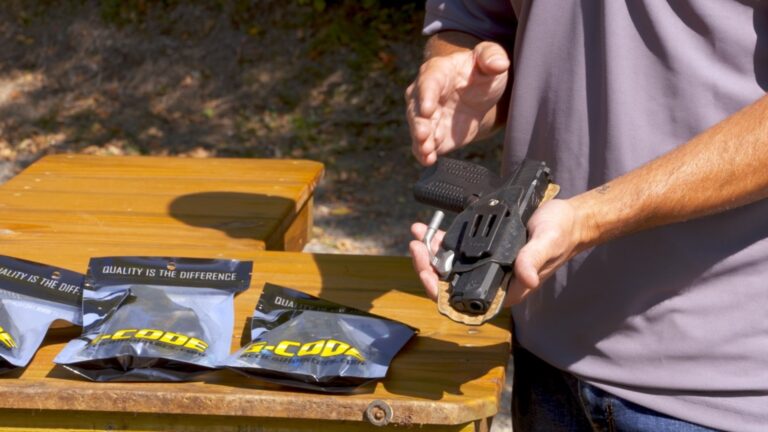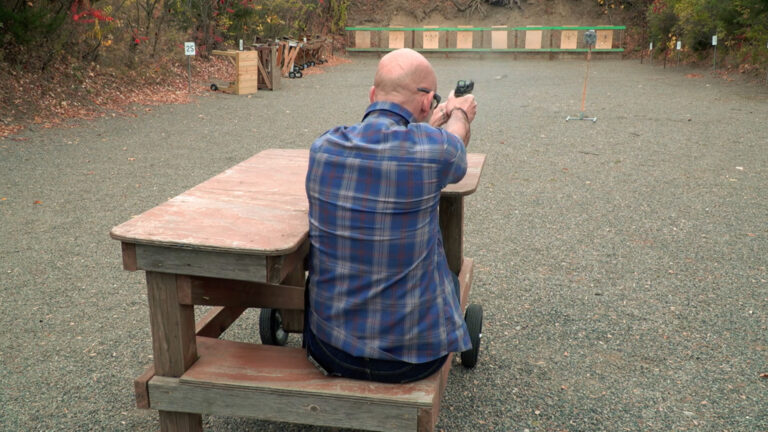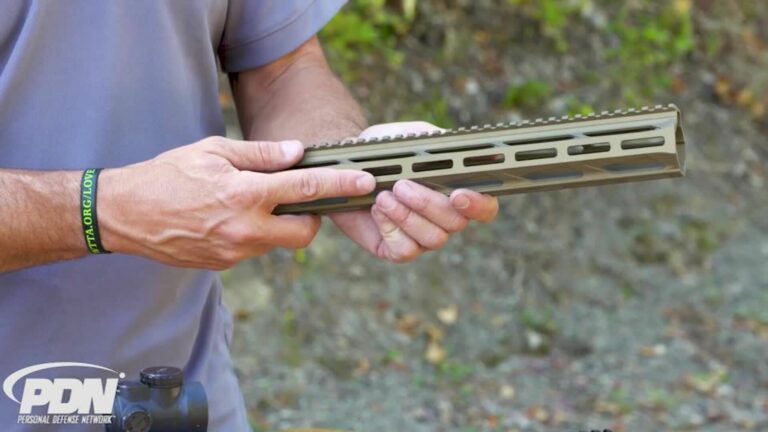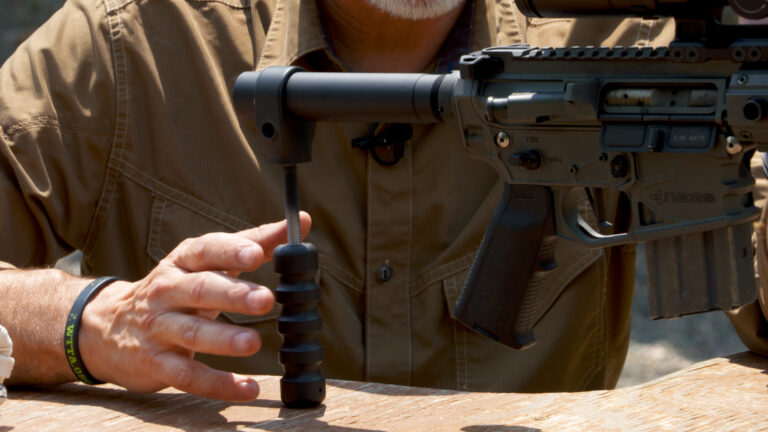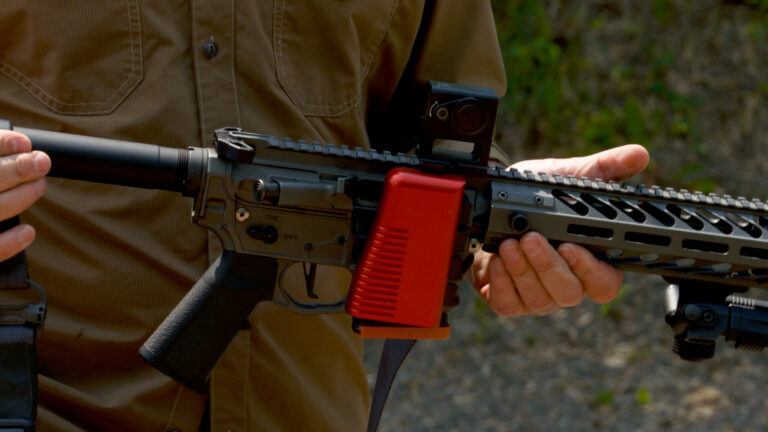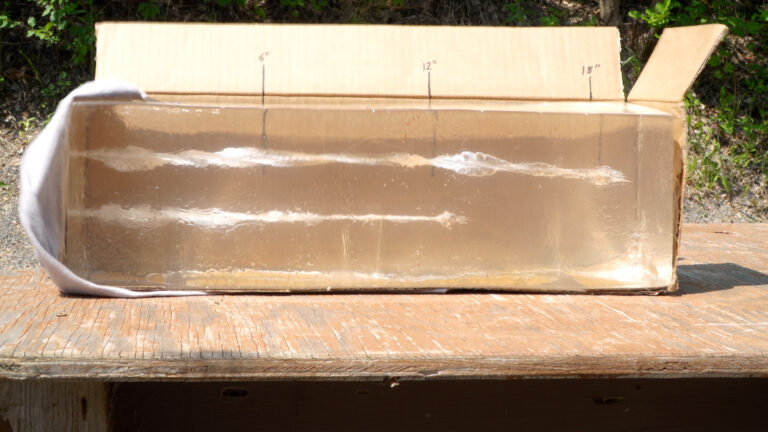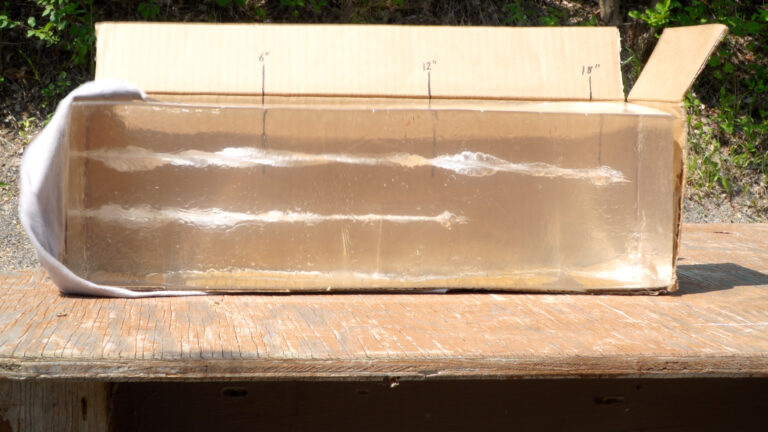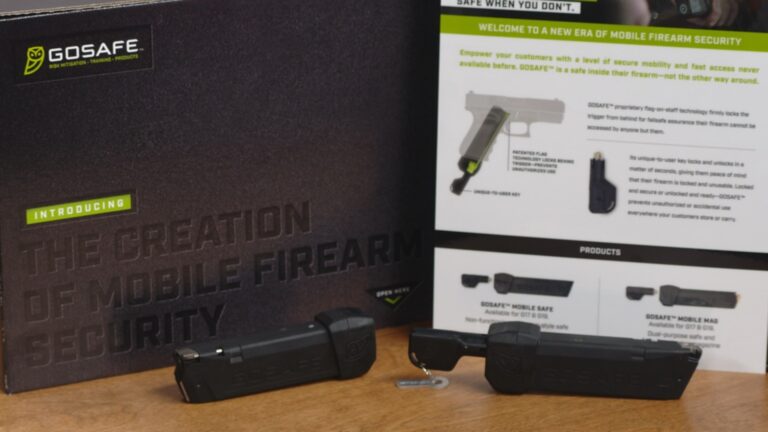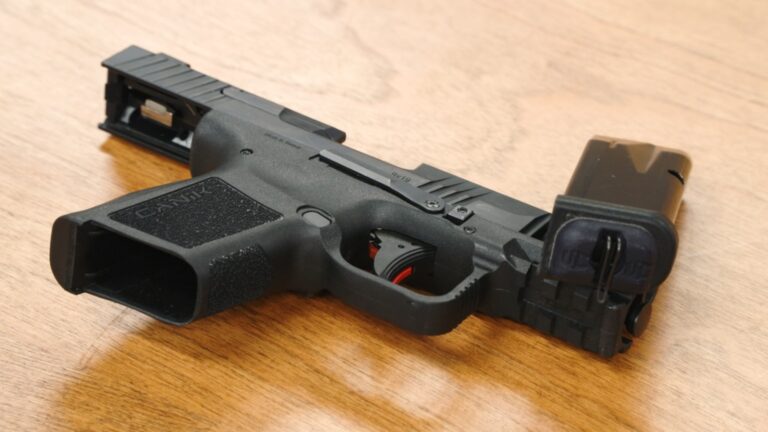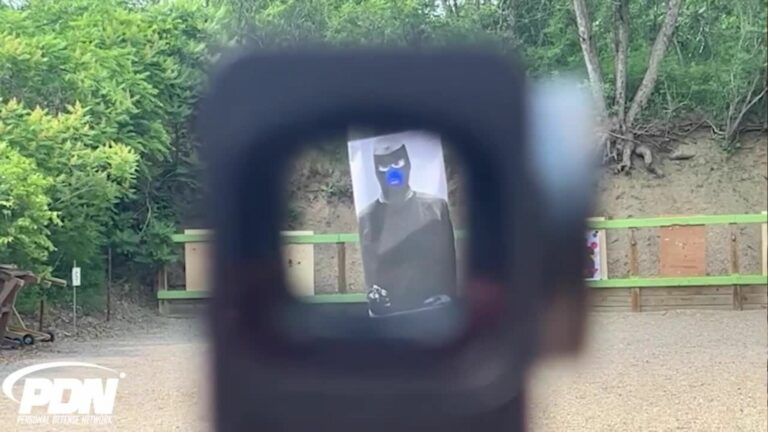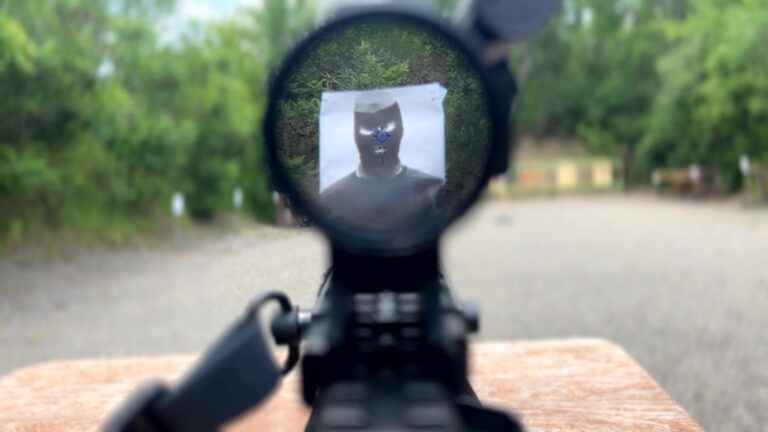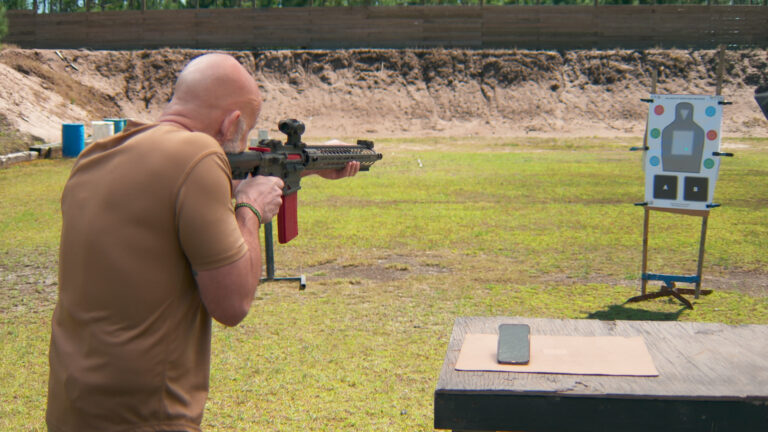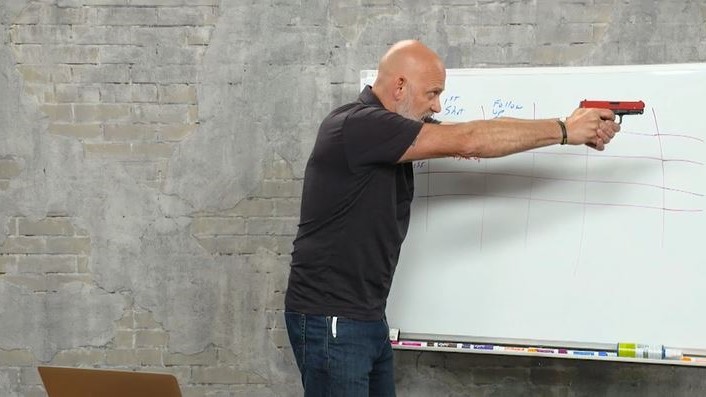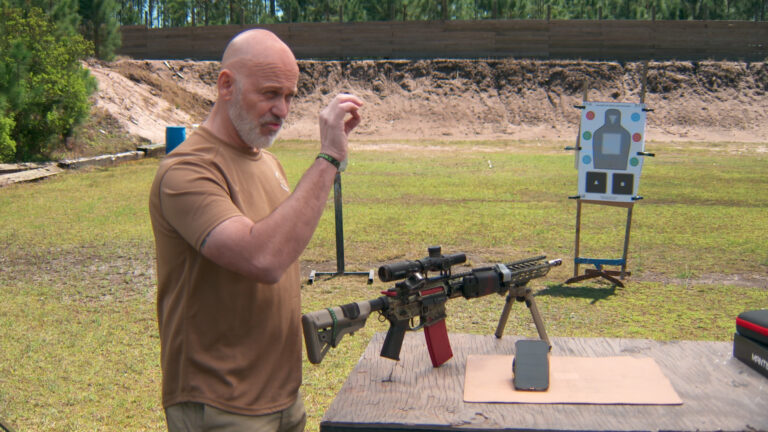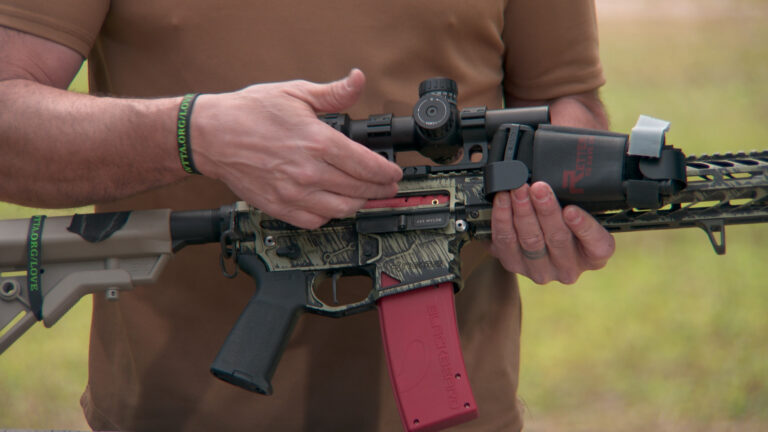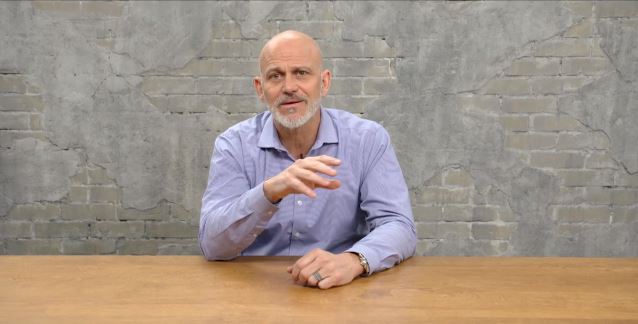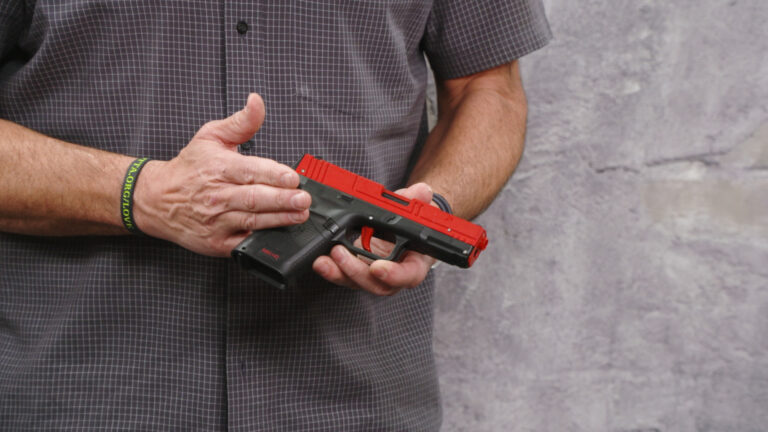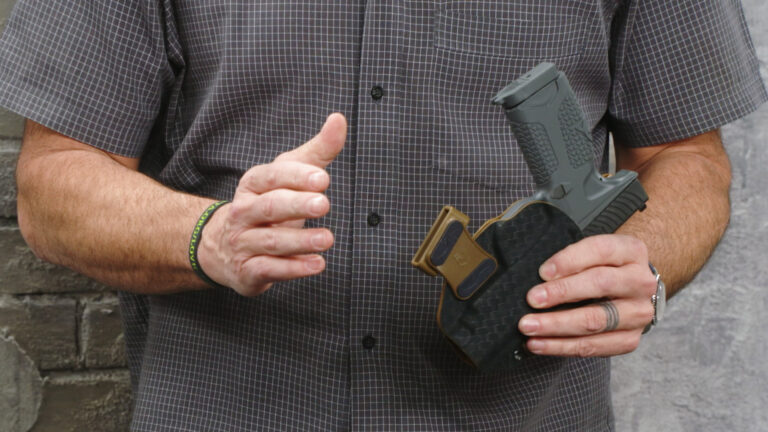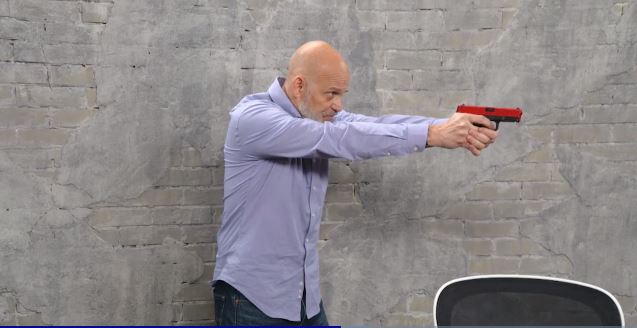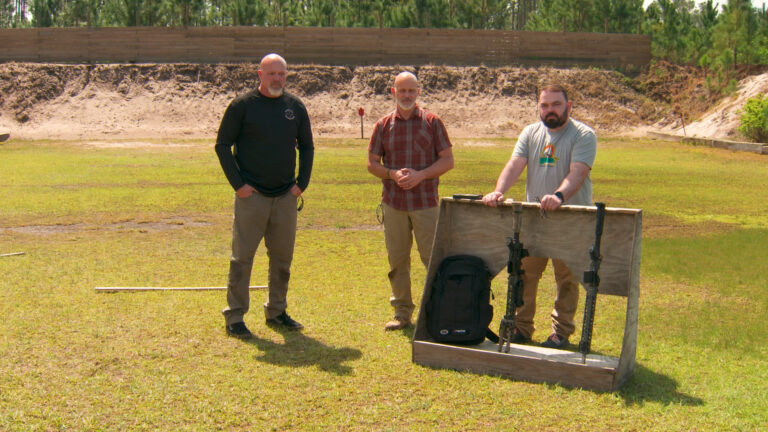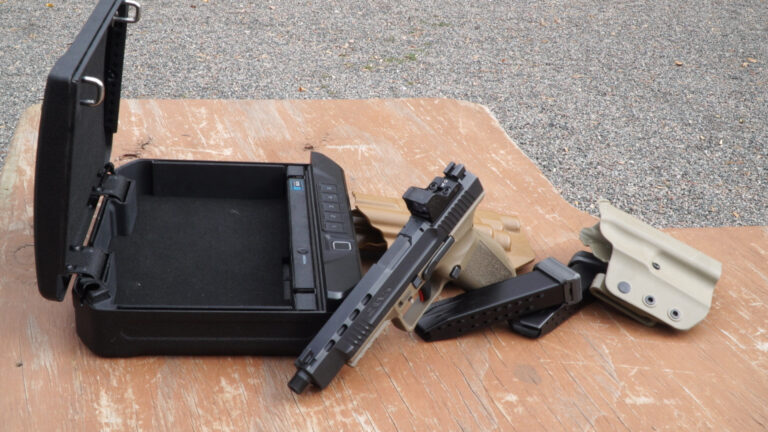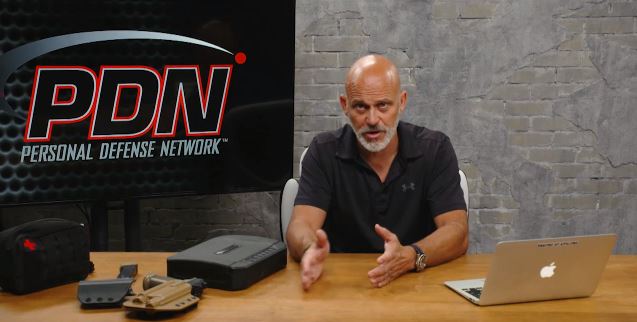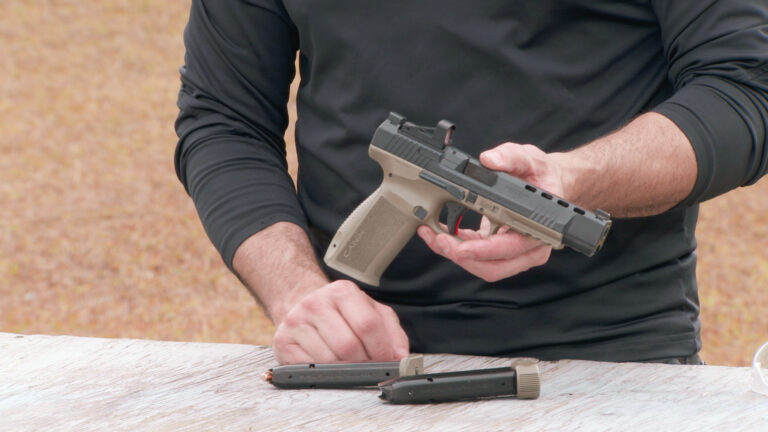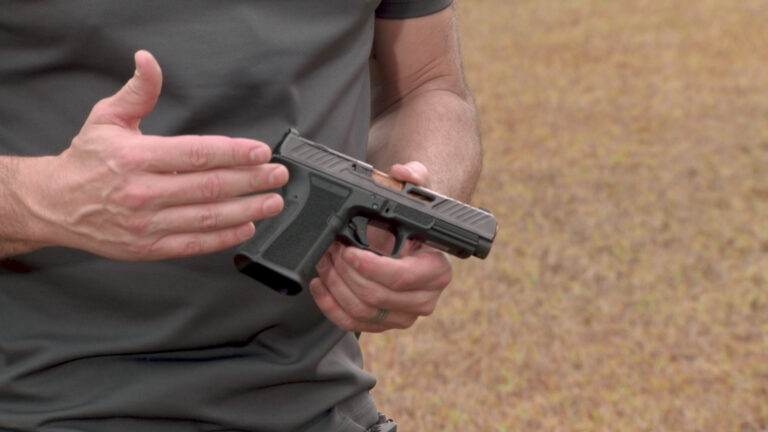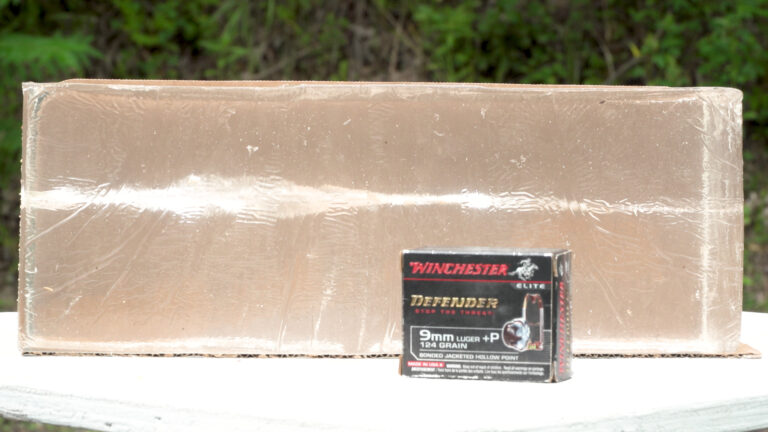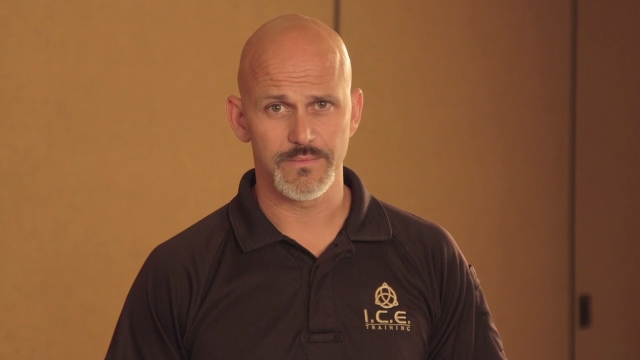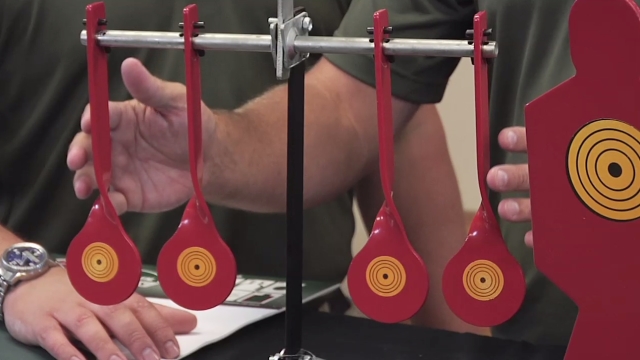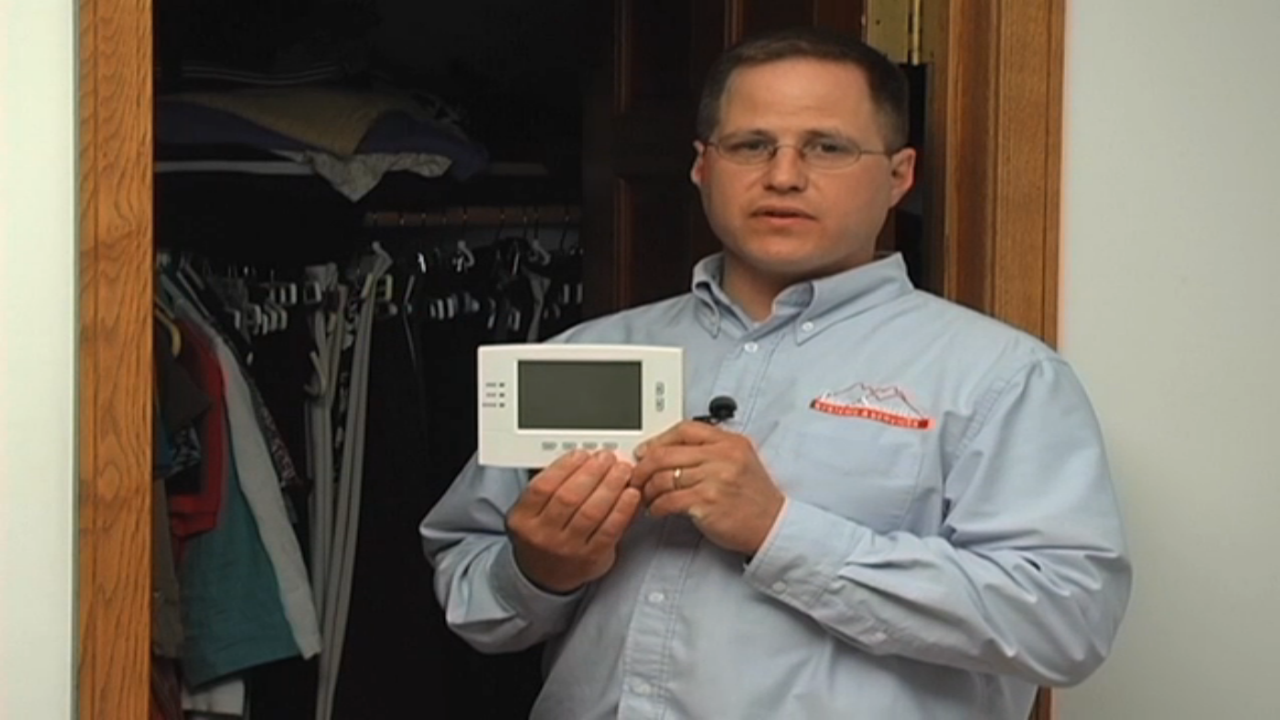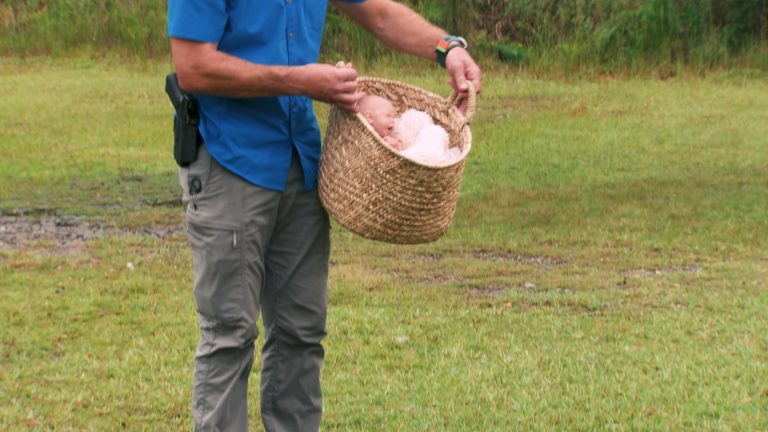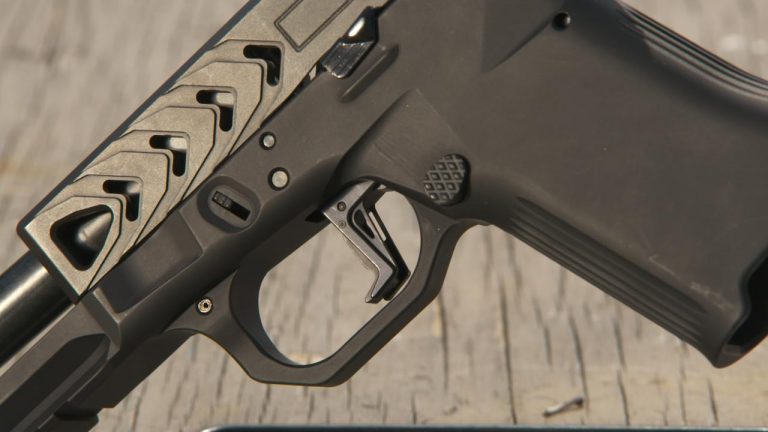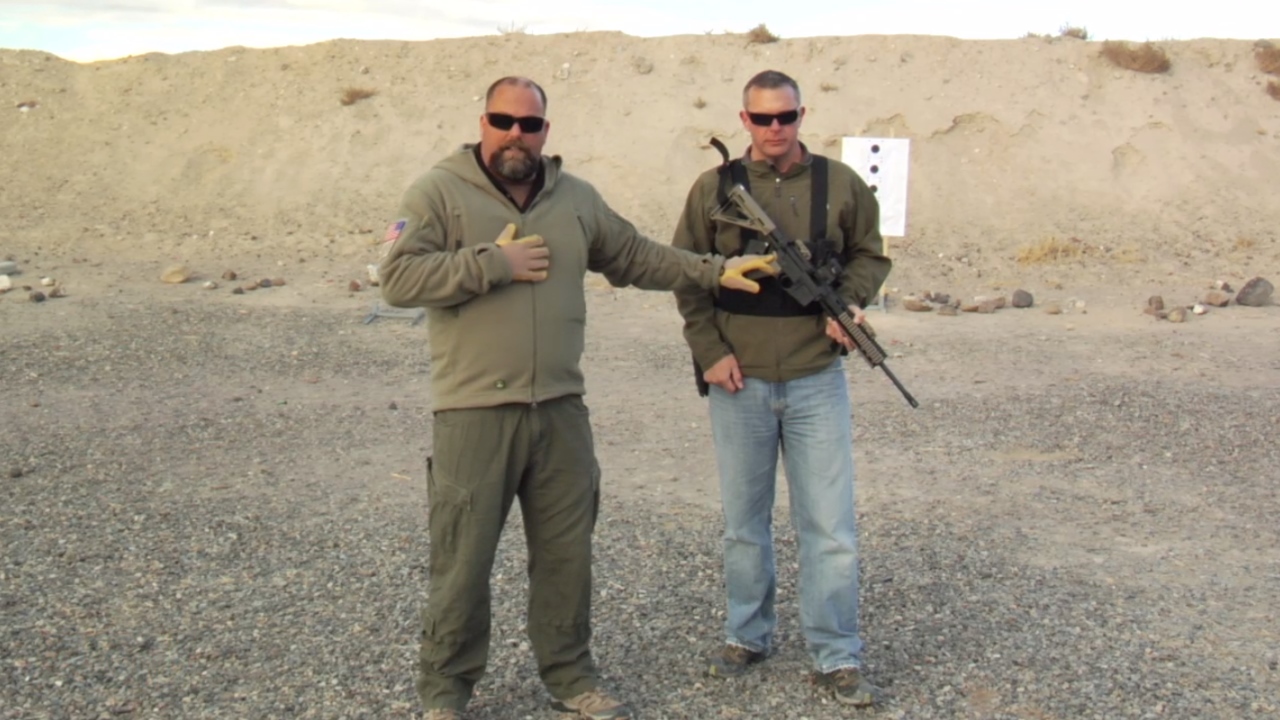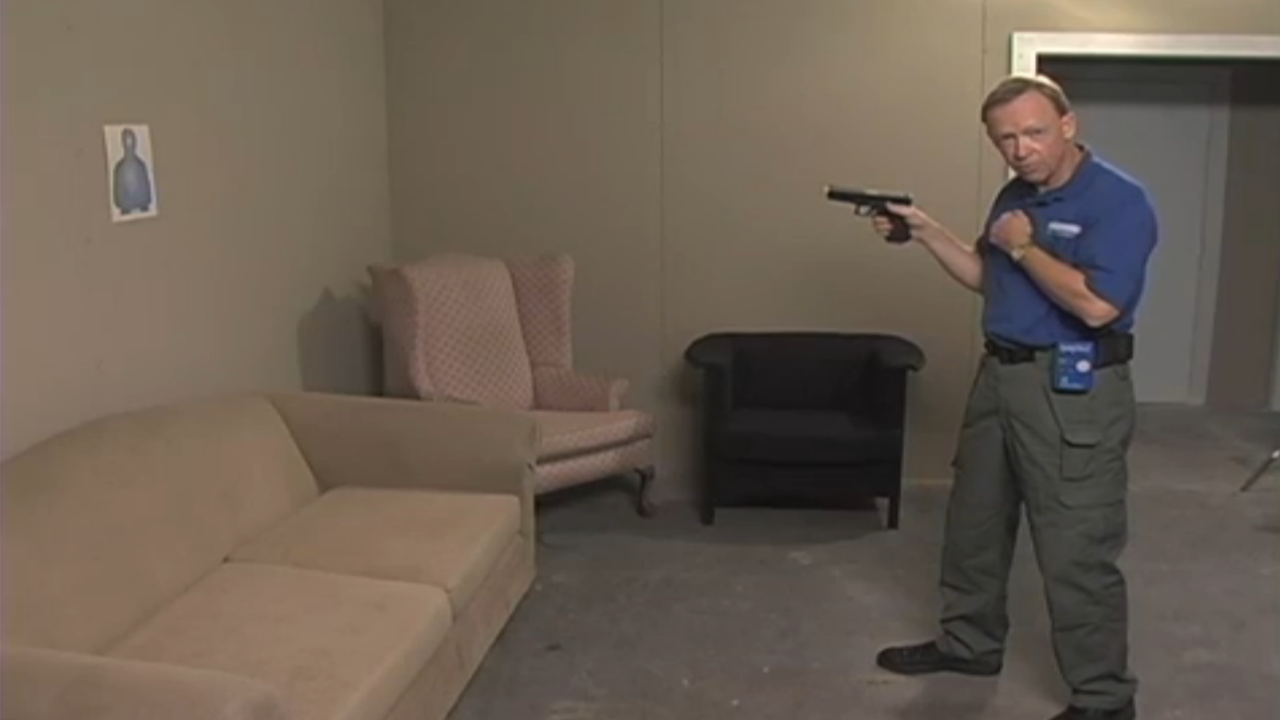
Self-Defense Classes: Training for Skill Application
Rob Pincus
Sign in
or
Get Access
to view full video!
Rob Pincus addresses a question he is often asked: Why don’t self-defense classes have a test at the end? The primary answer is because students come to these courses for life-and-death defensive skills, not to meet an objective standard. They are trained to survive an event that will be unknown, unpredictable, and unchoreographed. If students are trained in self-defense classes to perform well at a choreographed drill, the risk is it will embed behavior that may or may not help the students in the unknown events they may face.
Explore videos by Rob Pincus
You may be interested in
Premium Membership
Unlock exclusive member content from our industry experts.
- 24/7 Access to Premium Personal Defense and Firearm Training Videos and Drills
- Step-by-Step Instructional Demos and Guides
- 50% Off Video Downloads Purchased in the Personal Defense Network Shop
- Access to Ask the Expert Program
Unlock exclusive member content from our industry experts.
- 24/7 Access to Premium Personal Defense and Firearm Training Videos and Drills
- Step-by-Step Instructional Demos and Guides
- 2 Full-Length Video Downloads to Watch Offline
- 50% Off Video Downloads Purchased in the Personal Defense Network Shop
- Access to Ask the Expert Program
Gold Membership
$340 Value
Get everything included in Premium plus exclusive Gold Membership benefits.
- 24/7 Access to Premium Personal Defense and Firearm Training Videos and Drills
- Step-by-Step Instructional Demos and Guides
- 9 Full-Length Video Downloads to Watch Offline
- 2 Full-Length Personal Defense Classes to Keep for Life
- 2 In-Depth Skill Development Presentations
- Discounts on Purchase-to-Own Content in the Personal Defense Network Shop
- Access to Ask the Expert Program
- Exclusive GOLD LIVE Streaming Events
Self-Defense Classes: Training for Skill Application
Join Personal Defense Network to continue watching for $10.00 per month / $102.00 per year
